Indukanta Gritham is a combination of anti-inflammatory group of ten roots (Dasamoola), digestive group of peppers (Black pepper, long pepper, wild pepper etc.), Indian Elm and Deodar, in a nourishing base of ghee. This traditional recipe strengthens the respiratory system and balances Vata at the level of intestines. Indukanta Gritham boosts immunity and safeguards against recurrent infection.
Features & Benefits
- Dasamoola has specific affinity to the upper respiratory tract.
- Indukanta Gritham is beneficial in recurrent cough and cold, throat infection breathing difficulties.
- It improves appetite. Stimulates the digestive fire. Ensures smooth metabolism.
- It balances Vata dosha at the level of the Koshta (intestines). It relieves gut disorders like sprue and irritability of bowel. It ensures smooth functioning of the excretory system.
- Indukanta Gritham also optimizes the health and functioning of the liver, pancreas, spleen and kidneys. It relieves inflammation and fluid retention in the body.
- It enhances inherent immunity and prevents recurrent infection and disease. It is deeply nourishing and rejuvenating.
- Rock salt present in the recipe helps in delivering the ghee to its target site efficiently.
Dosage and Instructions
Adult: 7-10 ml Indukanta Gritham early in the morning on empty stomach.
Child: 5-7 ml Indukanta Gritham once in the morning on empty stomach.
Key Ingredients
Chiravilva (Holoptelia Integrifolia)
The bark and leaves are used for treating oedema, diabetes, leprosy and other skin diseases, intestinal disorders, piles and sprue. A poultice of the bark and leaves is applied topically to treat boils, swellings and rheumatic pains. The bark is used externally as a treatment for rheumatism, ringworm, scabies, ulcers and scorpion stings.
Devadaru (Cedrus deodara)
Also known as Cedrus deodara or Himalayan Cedar, it is very effective in neurological disorders, asthma, pruritus, infested wound. Devadaru is also effective in arthritis and headache. Deodar oil contains two major sesquiterpenoids a and b – himachalenes. Deodardione are also isolated from the essential oil. The oil shows invitro antibacterial, antifungal and anti-inflammatory activity.
Vilwa (Aegle marmelos)
Vilwa is also called as Aegle marmelos. The Bael tree or Bilva (in Sanskrit) is an ancient Ayurvedic tree known for its spiritual and medicinal importance. It is one of the Dashamoola (group of ten roots) herb. Belpatra is said to have anti-inflammatory properties and can be applied on any inflamed region for quick relief. Bael is said to have anti-fungal and anti-viral properties, due to which it is used in treating a number of infections in our body.
Agnimantha (Premna Integrifolia)
Agnimantha or botanically Premna Integrifolia is an important ingredient of Dashamoola Plants. Dashamoola has two subcategories Brihat Panchamoola and Laghu Panchamoola. Agnimantha is included under Brihat Panchamoola. All these plants have anti-rheumatic, anti-inflammatory and analgesic properties.
Shyonaka (Oroxylum Indicum)
Commonly known as Indian caper, it is one among the Dashamoolas. It is anti inflammatory and analgesic in nature. Effective in dysentery and diarrhea.
Patala(Steriospermum Souveolens)
The herb is highly effective in purifying the blood. It also treats burns, wounds, reduces blisters, and provides relief from pain and burning sensation.
Gambhari(Gemlina arbora)
One of the Dashamoola roots, it effectively reduces inflammation and improves wound healing. The potent antioxidant properties help in cleansing the blood and removing dullness of skin and wrinkles.
Prishniparni(Uraria picta)
Prishniparniis a well-known medicinal herb of Ayurveda. in Ayurveda, it is used in the treatment of asthma, dysentery, delirium, ulcers, malarial fevers, fractures of bones, inflammation of chest and diarrhea, catarrhs, bleeding piles and many other ailments. The roots of the plants mainly contain alkaloids, saponins, flavonoids, glycosides, proteins, steroids, tannins and phytosterols.
Bhadrika or Gorakhagunja (Aerva lanata)
It is used in Ayurveda as for renal calculi, urinary retention, cough and sore throat. Plant has anti HIV, and antibacterial property too.
Gokshura (Tribulus terestris)
Being an amazing skin emollient, this prickly dried fruits of the Gokshura tree treats skin infections and inflammatory conditions. It also helps in treating the various signs of aging like wrinkles, fine lines, dark circles, etc. and bestows a smooth, glowing revitalized skin. Land Caltrops has been used for centuries as a general tonic by the Ancient Greeks. It is used in Ayurvedic medicine to maintain efficient kidney and urinary functions and in reducing renal discomfort. It is effective in treating urinary tract disorders because it promotes the flow of urine and cools and soothes the membranes of the urinary tract. Land Caltrops has also been described as an aphrodisiac in Ayurveda.
Chavya (Piper chaba)
Scientifically known as Piper chaba, it is useful in treating indigestion, abdominal colic, worm infestation, poisoning, anorexia, productive cough, asthma, bronchitis, fever, diarrhea, IBS, hemorrhoids, piles, fistula, chronic respiratory disorders, throat disorders and rheumatic conditions.
Shunti (Zingiber officinalae)
Due to its strong flavor, Ginger is an essential ingredient in many Asian cuisines. Its therapeutic benefits have been recorded in Ayurvedic and Traditional Chinese Medicine. Ginger is a potent anti-nauseatic and is beneficial in treating upset stomach.Gingerol and shogaol, active components of Ginger, suppress gastric contractions. Both the fresh and dried rhizomes of Ginger suppress gastric secretion and reduce vomiting. The compounds 6-gingerol and 6-shogaol have a number of pharmacological properties, including antipyretic, analgesic, antitussive and hypotensive properties.
Chithraka(Plumbago zeylanica)
Also known as Plumbago zeylanica, it is a potent digestive medicine used for treating a host of ailments including indigestion, constipation, anorexia, abdominal distension, stomatitis, abdominal pain, etc. Imbued with digestive, caustic, stimulant and carminative properties, it eliminates harmful AMA toxins from the body which has accumulated due to malabsorption of food particles.
Saindhava Lavana
Saindhava Lavana or Rock salt is hailed as the best salt by Ayurveda. It is the purest form of salt unprocessed and devoid of any pollutants and chemical components. It is laden with 84 trace elements including potassium, iron, calcium, zinc, magnesium, copper, etc.












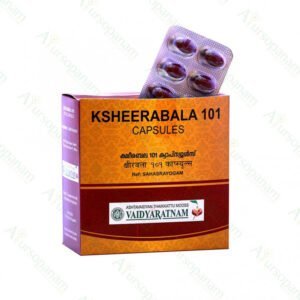


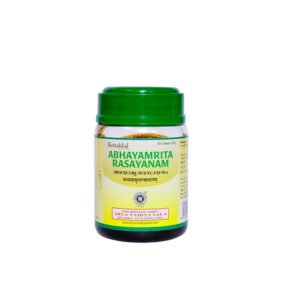








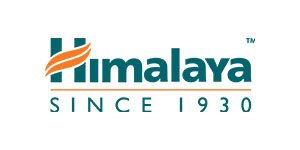




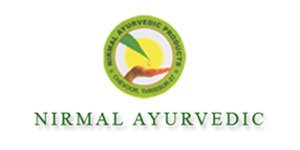

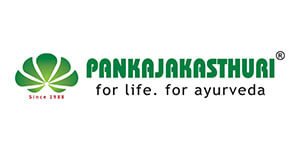


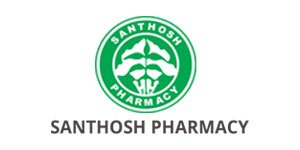

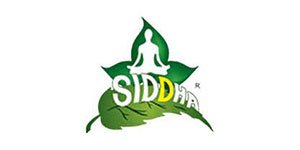











Ratings & Customer Reviews
Reviews
There are no reviews yet.